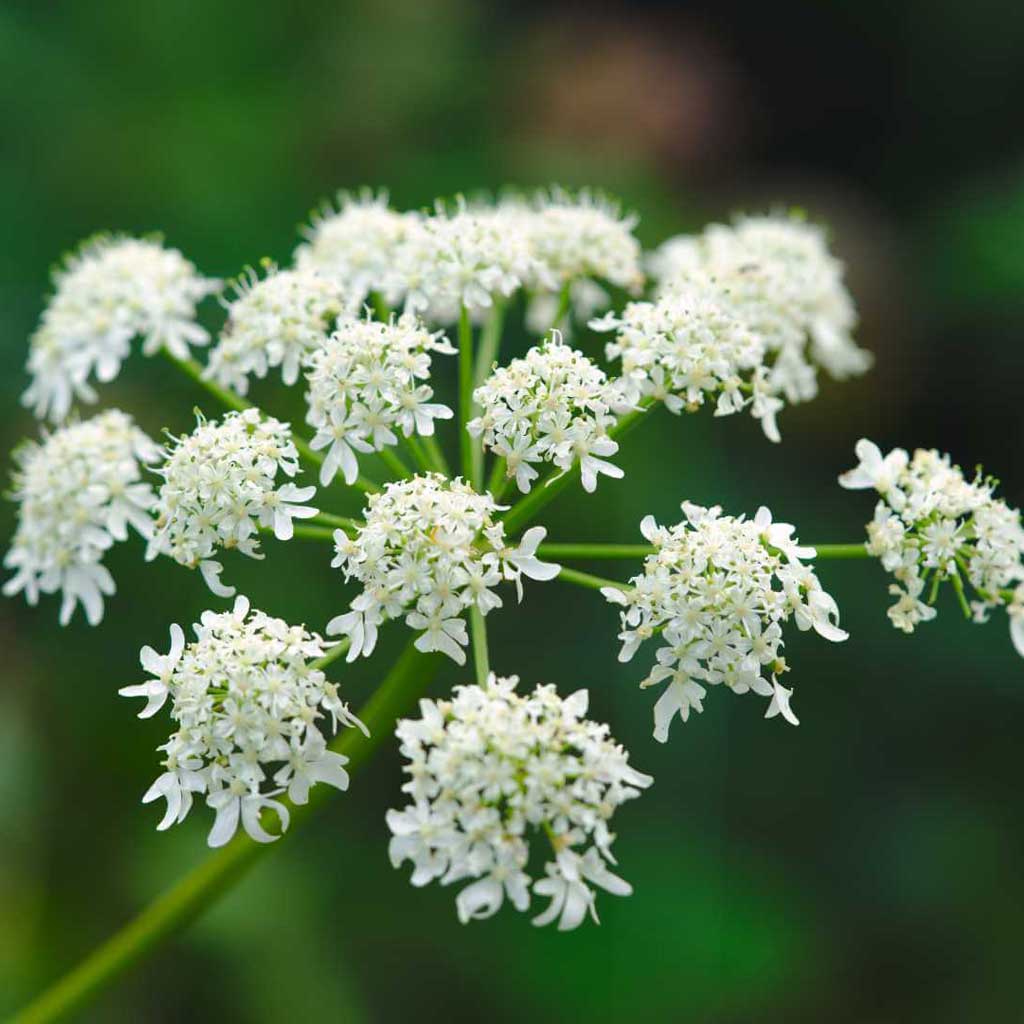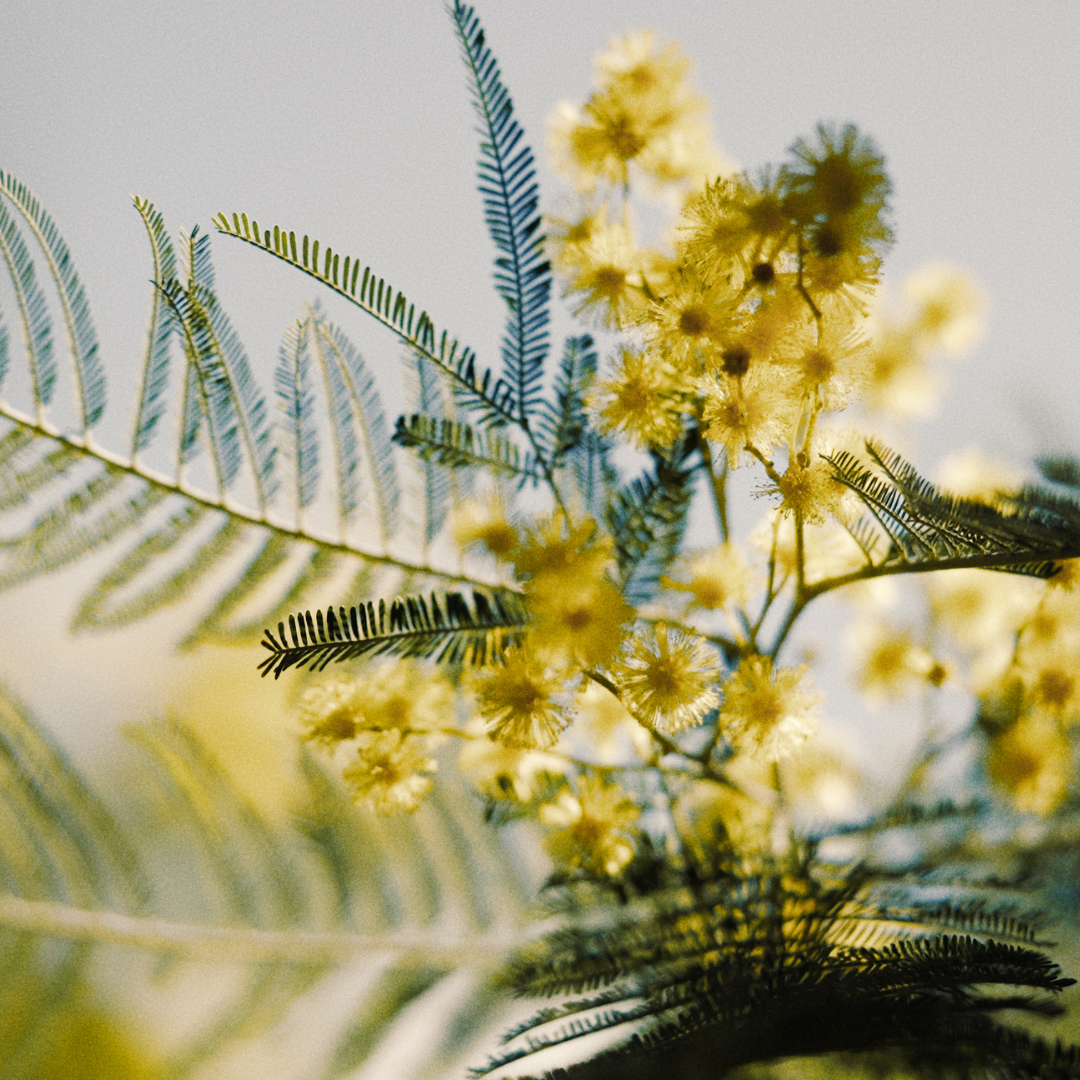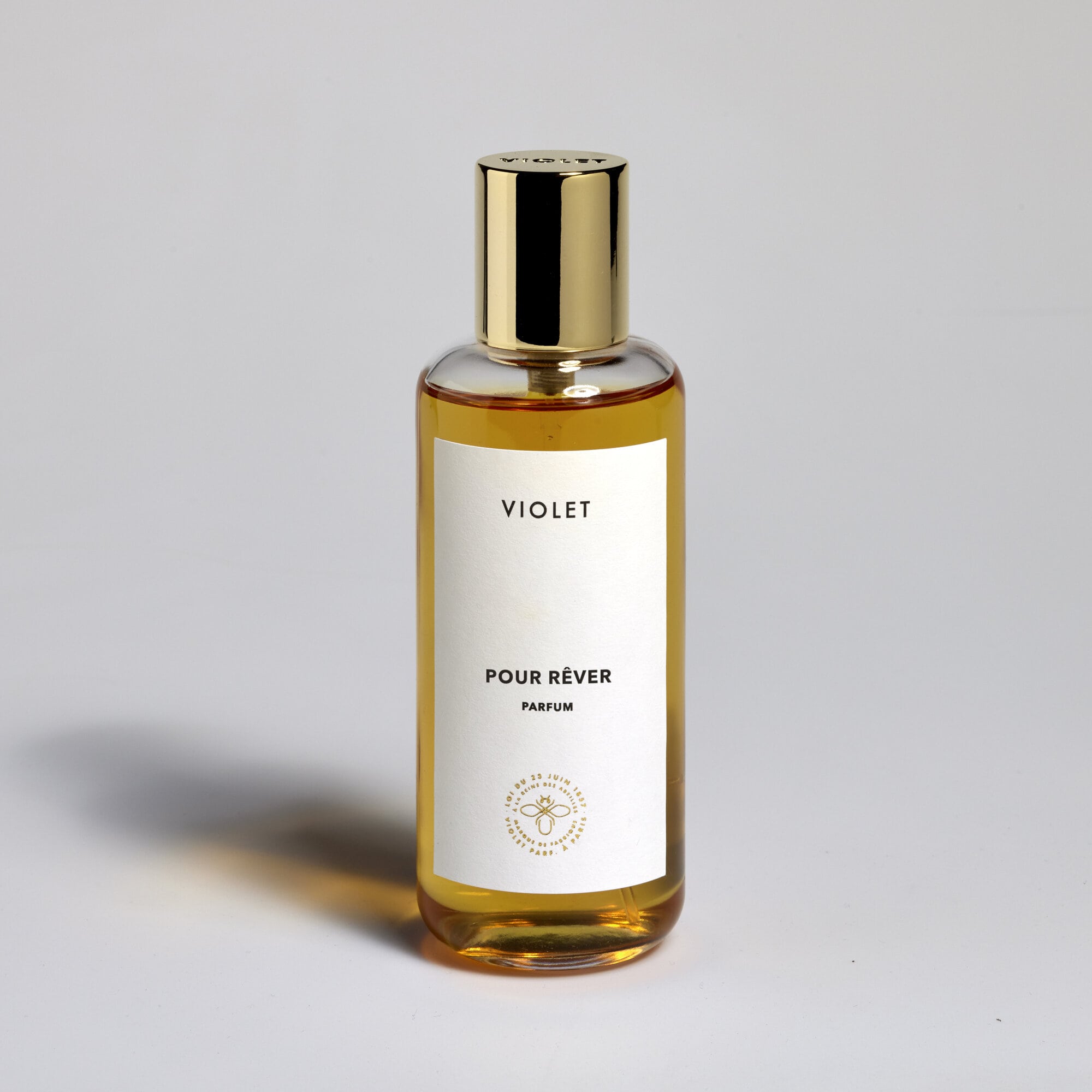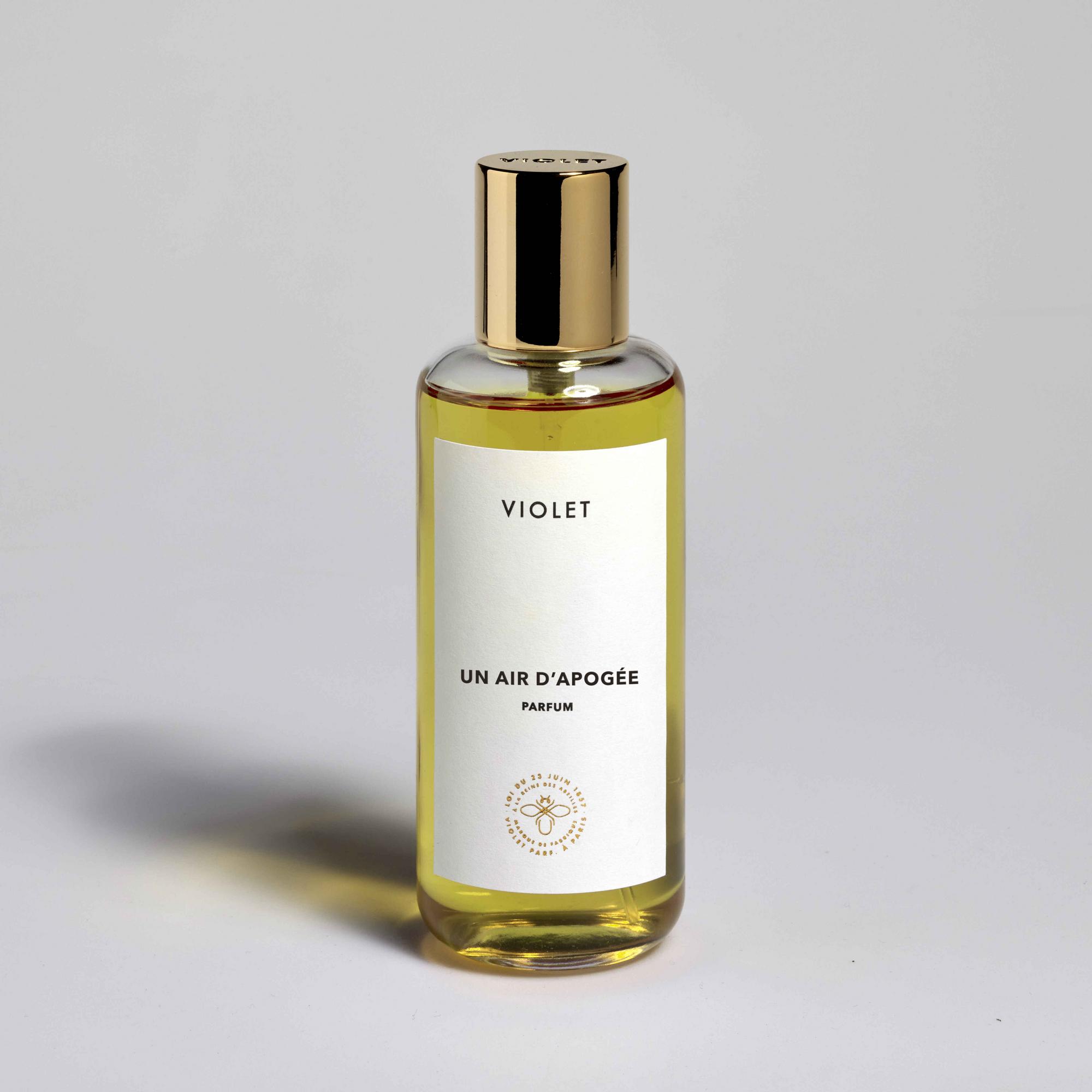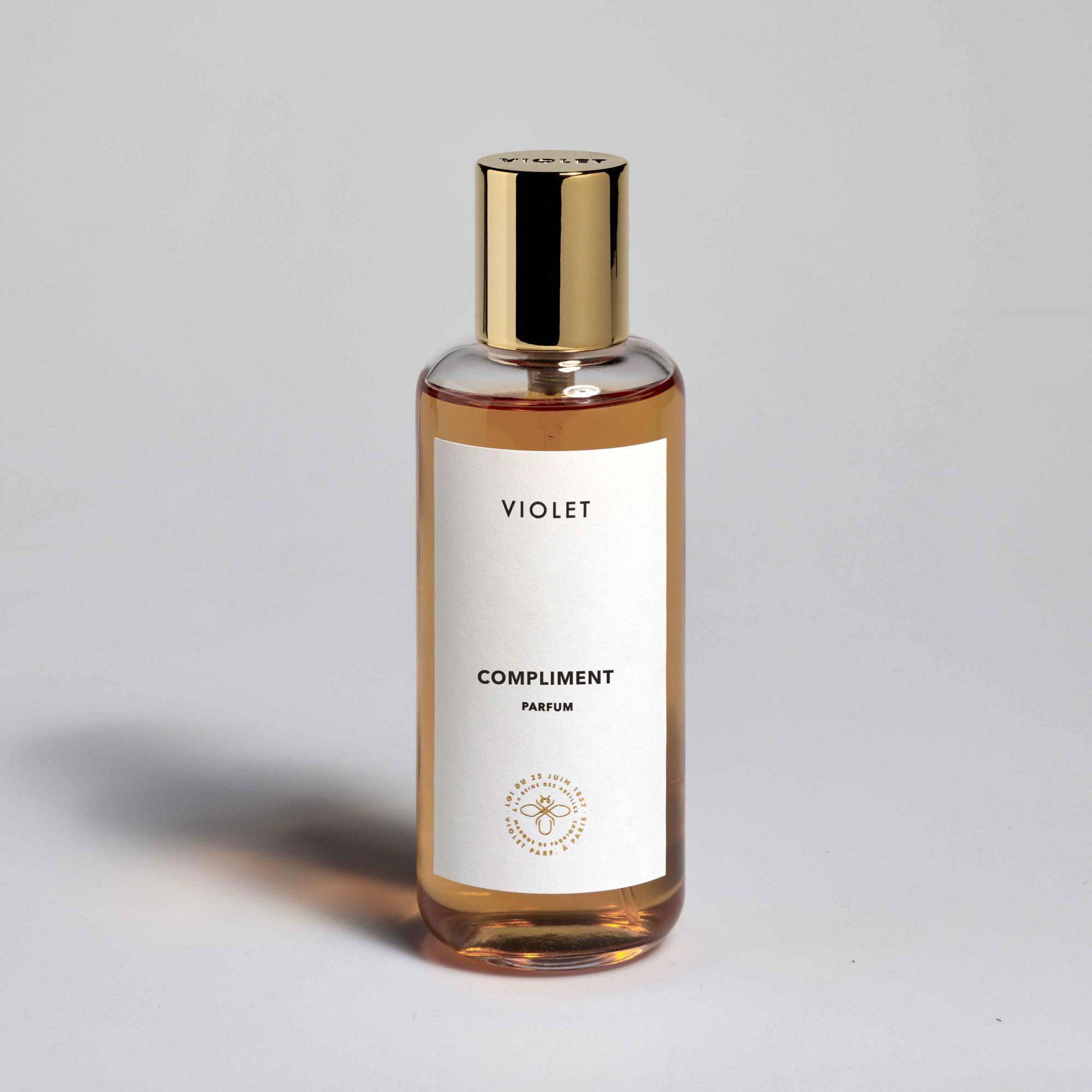Brief history of perfumer's soap
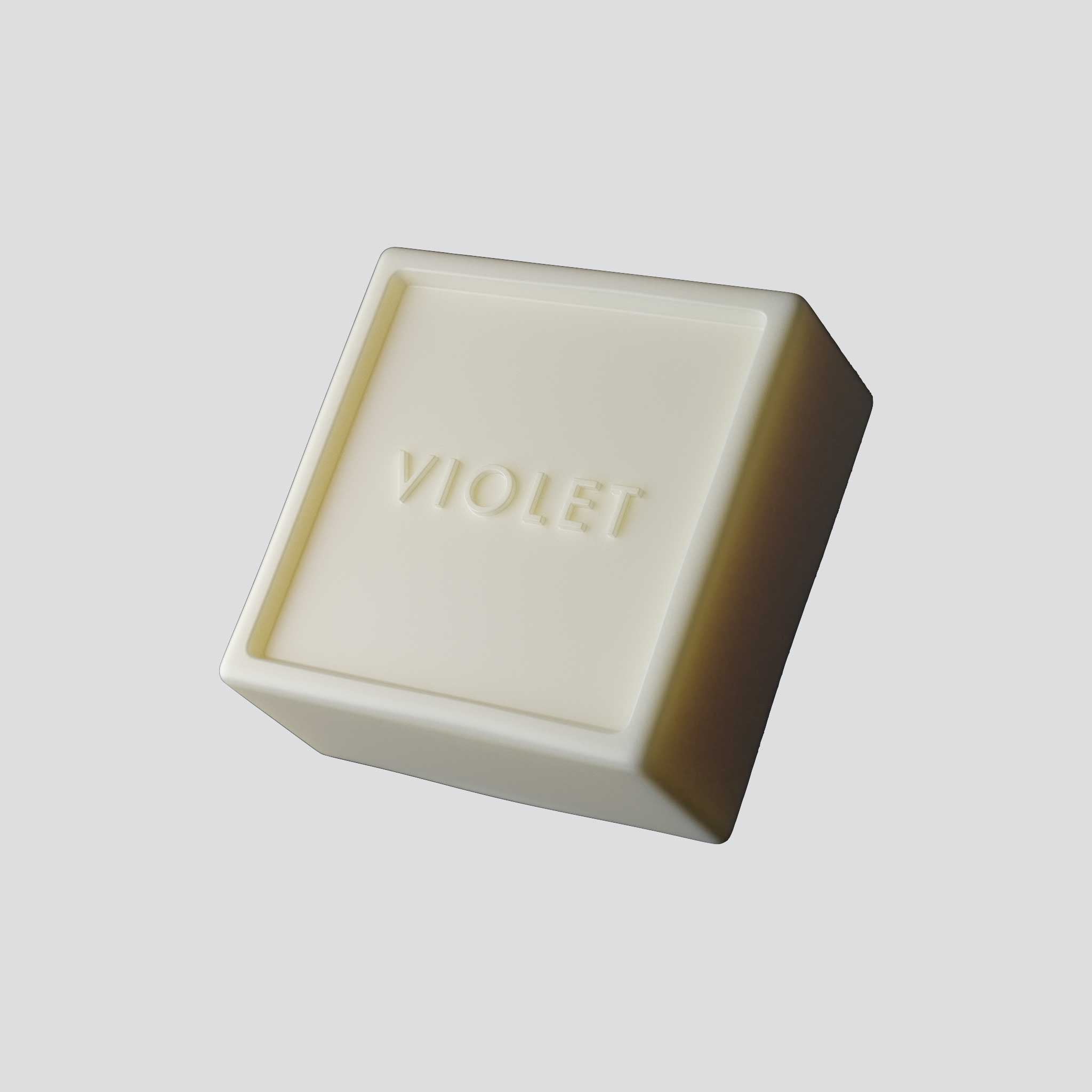
Solid, liquid, Marseille, Aleppo, Castile, Ayurvedic, black, surgras, dermatological, donkey's milk or even charcoal, the list of existing soaps would make the most experienced of experts dizzy. You will tell me that since its discovery by the Sumerians 4000 years ago, it has had the opportunity to vary somewhat. It has evolved to the point of reaching a semantic antinomy: soap without soap.
How did this product, which was successively acclaimed, forgotten, abandoned, decried and trivialized by the customs of the times, turn into the almost ostentatious luxury that is perfumer's soap? Why did he find himself at the heart of strategic economic issues and why is VIOLET a circumstantial witness to this epic?
Together, let's go back in time, when the hygienic revolution became a matter of coquetry.
You will forgive us for preaching for our parish, but the story of VIOLET is the typical example of these perfumeries which mixed their destinies with that of soaps.
In 1823, Violet and Guénot joined forces to open a boutique of a kind that has since gone by, a retail cosmetics business in the heart of rue Saint-Denis in Paris. Their growing reputation, they owe it to a particular product. There is no point in making the suspense last longer, because you will have understood: it is thanks to the soap. While VIOLET won numerous prizes for its innovations in soapmaking, its products enjoyed growing success, which enabled it to open a factory in the Saint-Denis plain. They will sell dozens of scented soaps and in just a few years, VIOLET will become a national reference in the field. But the queen bee brand is not the only one in this sector and the competition is fierce to say the least. So much so that the battles often ended up in the courts of the time.
VIOLET's contemporary participants in the soap race? Houses whose prestige still resonates today: Galimard, Fragonard, Guerlain, E. Coudray, Piver, Gelé frères, Molinard, bourgeois, Pinaud.
But then why the sudden craze and such an offer from the perfumeries of the time?

While perfume was favored for the toilet during the Renaissance, it was not until the end of the 18th century that scented soap experienced its advent. Thanks to the rise of industrialization, both the working classes and the bourgeoisie welcomed soap into their bathrooms. It thus became an essential daily product. Many houses sensed this enthusiasm for this product and quickly offered to meet this growing demand. But Marseille soap remains, for decades, the unbeatable reference. Even making Marseille one of the world's soap capitals. One event, however, upset the established order: The English embargo of 1801 on raw materials. This situation increased the prices of soap making so drastically that it forced soap factories to redouble their ingenuity. They then integrated other oils to replace the olive oil which had become overpriced. This is how soaps were composed, in part, of less fragrant bases such as copra, walnut, rapeseed, palm or flax. This new formulation opened up the field of possibilities and made it easier to integrate fragrances into formulas. Couple this with scientific advances, the rise of fine perfumery, the need for certain social classes to differentiate themselves from the rest of the population, and this, right up to the bathroom and you get a boom in perfumery soaps.
 VIOLET perfumery soaps from a product catalog
VIOLET perfumery soaps from a product catalog
The perfumeries of the time then threw themselves into the breach and, soon, all the respectable houses offered perfumed soaps in their catalog. Today it is almost inconceivable to have an odorless soap. To the point where, ironically, it was these trail-neutral soaps that became the niche.
Over time, most institutes have specialized. Perfumeries, as we understood at the time, abandoned the richness of their catalog in favor of unique products. In this story, we slowly forgot that perfumeries were veritable temples of cosmetic variety.

